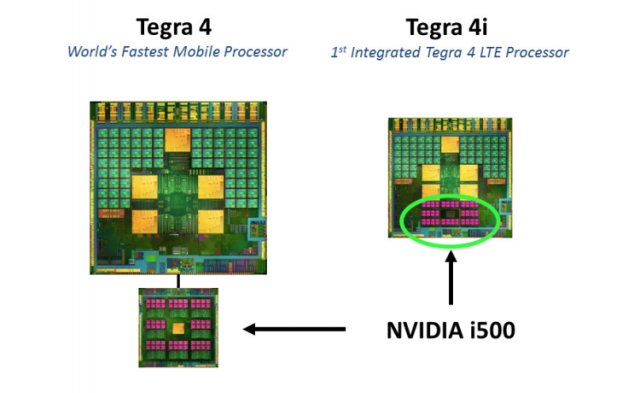
Nvidia is getting out of the smartphone business. The company announced plans this week to "wind down" its Icera modem segment by the second quarter of fiscal 2016, and it's open to selling Icera's technology and operations, which Nvidia purchased for $367 million back in 2011.
Icera is known primarily for its software modem technology—while companies like Qualcomm and Intel design specific modem hardware to work with specific wireless bands and technologies, Icera used low-power generic hardware that could be configured in software to support multiple wireless standards. In theory, one could create a single chip that supported CDMA or GSM networks depending on the software running on the phone, or one that initially supported 3G but could be upgraded to use LTE at a later date (remember, this was 2011).
In practice, Nvidia has always been something of a nonentity in the smartphone business. It had a handful of victories with its Tegra 3 SoC, though that chip predated the inclusion of Icera technology in its processors. The Icera-equipped Tegra 4i, on the other hand, has ended up in just a bare handful of devices since it was unveiled in early 2013, including the niche Blackphone.
Instead of phones, Nvidia says its Tegra business will focus mostly on "gaming, automotive, and cloud computing applications." Its larger, faster Tegra 4 and Tegra K1 chips have powered tablets like the Nexus 9 and Nvidia's own Shield line, and it announced several in-car computer systems at CES this year that are powered by its newest Tegra X1. If the company needs modems for any of those kinds of things, its plan going forward is to buy them from a third party rather than developing its own.
reader comments
48